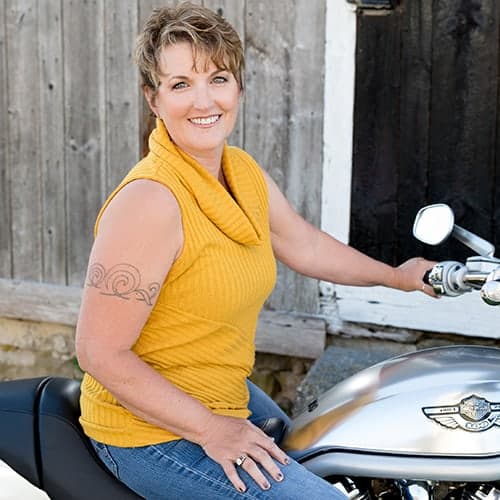Statistics – Do you like them?
 This week on Open Book Blog Hop, we’re chatting about statistics in our niche. Since I’m primarily a Contemporary Romance Author with a splash of Romantic Suspense, I’ve found some of these interesting facts to share.
This week on Open Book Blog Hop, we’re chatting about statistics in our niche. Since I’m primarily a Contemporary Romance Author with a splash of Romantic Suspense, I’ve found some of these interesting facts to share.
Romance Writers of America (RWA) offers these interesting statistics regarding the industry:
Explore the results of Romance Writers of America’s research on the romance fiction industry. These statistics offer insights to help you understand this billion-dollar-a-year industry.
- Estimated annual total sales value of romance in 2013: $1.08 billion (source: BookStats)
- Romance novel share of the U.S. fiction market: 34% (source: Nielsen BookScan/PubTrack Digital 2015)
- What formats of romance fiction are selling? (source: Nielsen BookScan/PubTrack Digital 2015; figures do not include self-published romance e-book sales or Amazon-published e-books)
- E-books: 61%
- Mass-market paperback: 26%
- Trade paperback: 11%
- Hardcover: 1.4%
- E-books: 61%
 Interestingly, there are those who fear independent publishing and would love nothing more than to have it fail, will tell you that self publishing is dying. At least some of it according to Just Publishing Advice.
Interestingly, there are those who fear independent publishing and would love nothing more than to have it fail, will tell you that self publishing is dying. At least some of it according to Just Publishing Advice.
What are reader’s reading and buying? RWA says:
- Reading versus buying romance: 64 percent read romance more than once a month; 35 percent buy romance more than once a month.
- How long have been reading romance:
- 35.1 percent: 20 years or more
- 20.6 percent: 5 to less than 10 years
- 20.4 percent: 10 to less than 20 years
- 16.1 percent: 2 to less than 5 years
 Top romance subgenres by format read primarily:
Top romance subgenres by format read primarily:
- Print: romantic suspense (53%); contemporary romance (41%); historical romance (34%); erotic romance (33%); New Adult (26%); paranormal romance (19%); Young Adult romance (18%); and Christian romance (17%).
- E-book: romantic suspense (48%); contemporary romance (44%); erotic romance (42%); historical romance (33%); paranormal romance (30%); New Adult (26%); Young Adult romance (18%); and Christian romance (14%).

- Top 10 popular romance tropes: (1) friends to lovers; (2) soul mate/fate; (3) second chance at love; (4) secret romance; (5) first love; (6) strong hero/heroine; (7) reunited lovers; (8) love triangle; (9) sexy billionaire/millionaire; (10) sassy heroine
- What else romance buyers read: generally, romance buyers also read mystery, general fiction, cooking/food books, young adult, and erotic fiction. When broken down by age, a majority of older readers buy mysteries, and younger readers buy YA and erotic fiction.
- Regardless of format, 61 percent of romance buyers are reading about the same amount of romance novels as compared to 12 months ago. Twenty-three percent are reading more often, while 14 percent are reading less often.
If you’re going to self publish a book, I believe you should have your own International Standard Book Number (ISBN). You can use the free ones vendors offer, but I think you should have your own unique number for your books. It’s better to control the whole she-bang if your going to dip your toe in the ring. According to Bowkers, which is the only place you can buy an ISBN, self-publishing continues to show growth.
More than 725K self-published works registered in 2015
New Providence, NJ, September, 7, 2016 – ProQuest affiliate Bowker reveals in its latest industry report that the number of authors who are opting to self-publish continues to rise, with a growth rate of 21% between 2014 and 2015 for print and Ebooks combined. ISBN registrations for self-published titles have grown more than 375% since 2010, climbing from 152,978 ISBNs to 727,125 ISBNs.
“ISBN registrations capture a significant portion of the self-publishing market,” said Beat Barblan, Director of Identifier Services at Bowker. “By comparing the number of registrations year over year, we gain valuable insight into a flourishing industry.”
The report reveals other emerging trends in self-publishing:
- More authors are opting for a hybrid approach to book publishing. Rather than committing exclusively to self-publication or going through a traditional publishing house, authors choose the best method for their work, depending on type of book, sales market, or target audience.
- Booksellers and libraries are seeking opportunities to incorporate this thriving source of content into their offerings.
“As the field of self-publishing matures, the quality of both content and format for many of these titles is becoming indistinguishable from those published by traditional houses,” said Mr. Barblan. “In recent years, the number of independent authors topping prominent bestseller lists is a clear indication that readers are embracing author-published titles.”
What statistics have you found that I haven’t listed here. Do you agree with RWA’s statistics regarding readers? What’s your favorite trope?
Let’s hop on over and see what my fellow bloggers have found by way of statistics to share.



Obviously, those of us on this blog hop don’t think independent publishing is dead, though I think the vanity presses may be suffering some heavy blood loss. I would be writing anyway, so I might as well share it. Three of my books have paid for themselves now and are now in the black. I never expected to get rich doing this. I suspect now that the self-publishing rush is on the wane, there will be fewer books published which means those of us who stick around will be able to get more attention IF we produce high quality at an affordable price.
I certainly hope you are correct Lela and that those who thought it would be a get rich quick scheme will fall away so those of us who actually love to write and put out quality books will be able to be seen.
I’m surprised at the top trope for romance books. Friends to lovers wouldn’t have been my guess.
I was surprised at that one too.